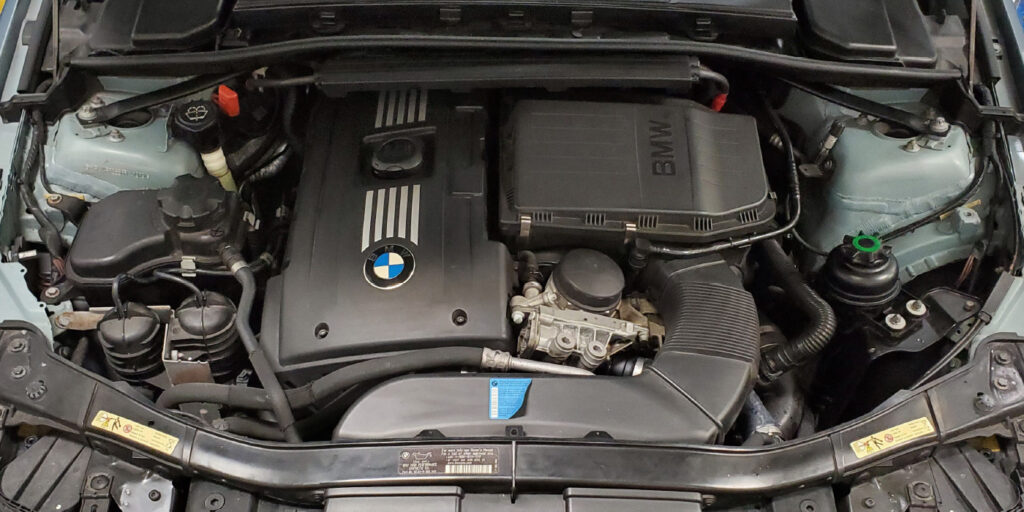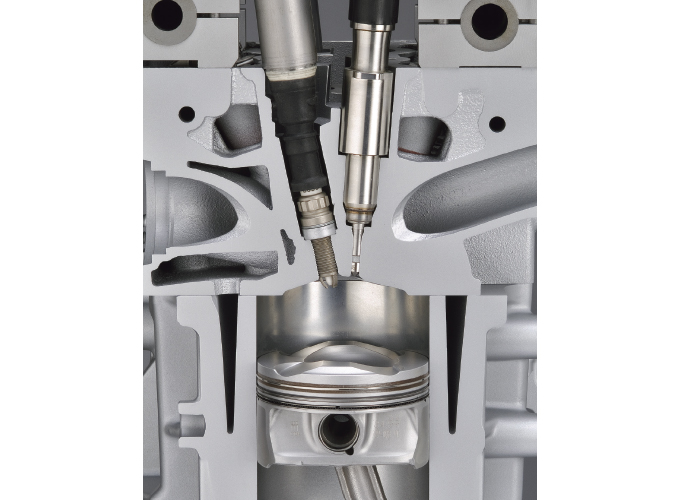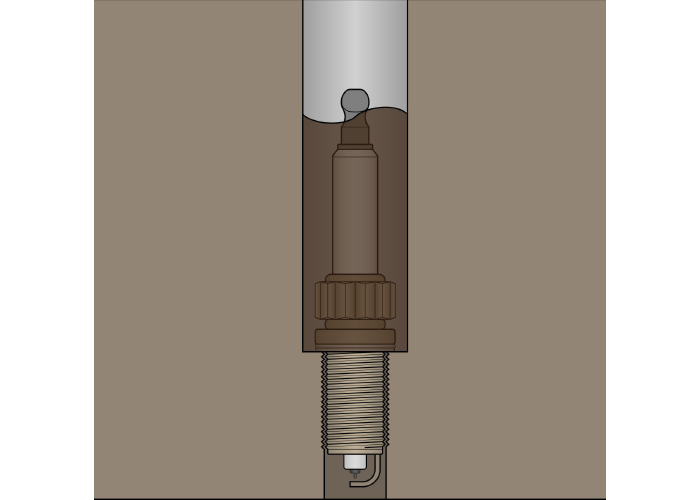Many will say that “a spark plug is a spark plug; they’re not that different.” There is some truth to this, but, in reality, there are still some differences from one manufacturer to the next. Don’t believe me? Well, have you ever replaced spark plugs in a Ford modular 5.4L V8? Some things look good on paper, but not after 100,000 miles.
Here are a few things that you need to know before replacing spark plugs in a BMW.
Respect the Service Intervals
BMW maintenance schedules have changed quite a bit over the years. We pulled up the spark plug replacement intervals for a dozen different BMW models, and they varied between 45,000 and 100,000 miles. As always, the best practice is to always reference the OE maintenance schedule. It takes only a moment, and it will tell you exactly what is needed for the specific application you’re working on. Sure, we all start to become familiar with models that we see in our bays on a regular basis, but checking the schedule is the only way to know for sure.
While you’re looking at the OE service information, don’t forget to search through the Technical Service Bulletins (TSBs) for helpful tips and tricks, or common issues which you might run into. We also recommend waiting until the engine has cooled down before you start working on it, if possible.
Start Digging
If I only learned one thing during my time working on European vehicles, it’s this: you’ll have to remove three components just to reach whatever you’re actually trying to replace. Before you can replace the spark plugs in a BMW, you’ll need to actually reach them. They’re mounted underneath the engine beauty cover on top of the engine, so you’ll typically need to remove some form of cowling and/or bracing from the engine bay.
In the case of the N54-powered 335i, there is also a wiring harness channel which must be removed. It is mounted underneath the cowling, and you’ll have to be extremely careful when releasing it. The plastic clips which secure it into place seem like they’re made of glass after 10 years or so of heat-cycling. They’ll snap off if you just look at them the wrong way.
Removal
Once you’ve reached the coil packs, carefully disconnect them, then set them aside. Best practice is to line them up in order so they go back into the same order. Before you remove the spark plugs, take the time to inspect the tube inside the valve cover. If the spark plug is submerged in oil (Figure 1), it’s time to sell a valve cover gasket replacement to your customer. Use compressed air to blow out any oil, dirt or debris from inside the tube, as you wouldn’t want that stuff to fall into the combustion chamber after you remove the spark plugs.
Special Tools
BMW started using 12-point spark plugs (Figure 2) in the mid-2000s, so you’ll need to have special sockets on hand in order to remove them. Most of the plugs you’ll come across will be 14mm, but you may occasionally find some 16mm plugs in certain engines. Given how difficult they can be to access, a swivel socket can really come in handy and make the job go more smoothly.

















